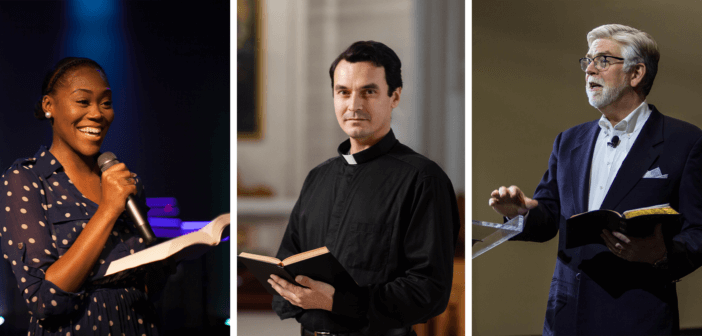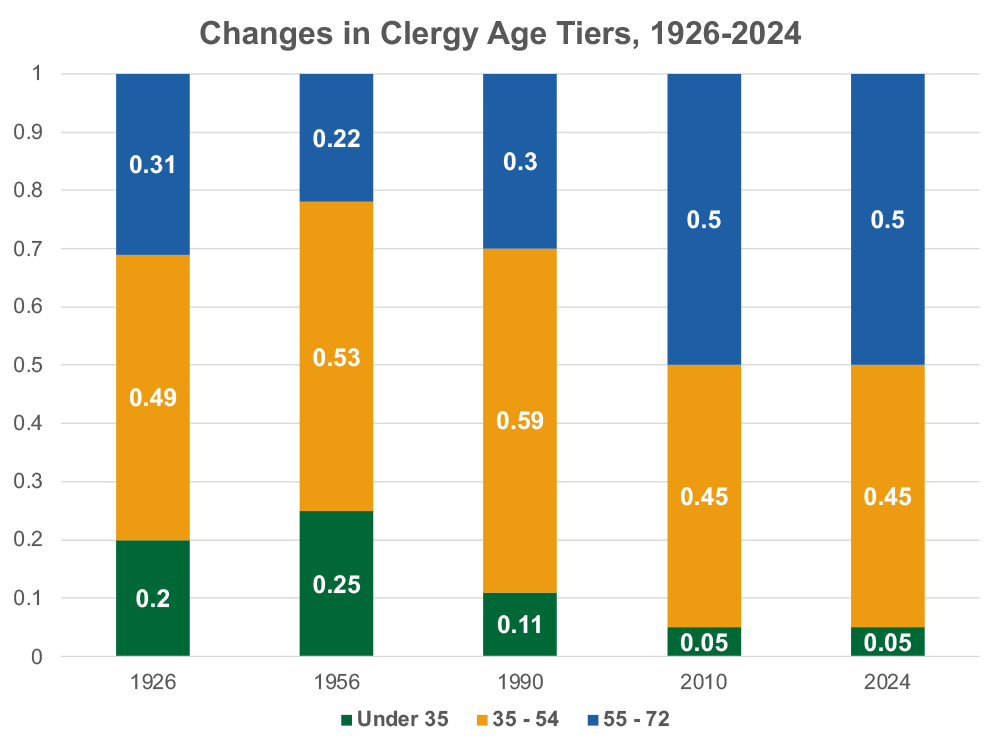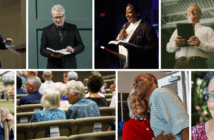Lovett H. Weems Jr. looks at shifting age patterns among United Methodist clergy through the lens of history and newly available clergy age data for 2024. Recognizing that clergy of different ages bring different gifts and perspectives, he maintains that congregations and the denomination benefit from having a pool of clergy broad in its age distribution and representative of the general population.
Download the complete 2024 Clergy Age Trends in the United Methodist Church report.
Each year since 2006, the Lewis Center for Church Leadership has issued a United Methodist clergy age report done in partnership with the denominational pension agency, Wespath. These reports show the breakdown of ages of United Methodist clergy in active service for the year and trends across years. Such reports often cause people to ask if the ages of clergy matter, if there is an ideal age for clergy, or if clergy of some ages are preferable to those of other ages. These are good questions. The answer is not simple.
Most of us have experienced pastors of various ages who served well, while recognizing there are other pastors of similar ages who were less effective. Every age group of clergy brings both gifts and limitations often due to their age. Enthusiastic and energetic young clergy may lack the experience and wisdom of clergy with more experience. Young clergy will be closer to the culture of the young but may not be able to identify with the life experiences of older members. Over the course of years, most churches will benefit from having pastors of varying ages. One hopes that the overall pool of clergy is broad enough in its age distribution to meet the most pressing needs of congregations.
Since clergy of various ages have much to offer, the big picture for denominations is to ensure that their pool of clergy is broadly representative of the general population so that together they can serve the full range of age profiles represented in congregations. We may find it helpful to look at the ages of clergy in different eras of the history of American Methodism.
The early years
We know that the Methodist circuit riders were young since their average life expectancy was 35! Also, keep in mind that the median age (half younger, half older) in the United States in the late eighteenth century was in the teens. The nation was young and made up of young people. While not technically a circuit rider, Tobias Gibson was an example of Methodist clergy that served during this era. A local pastor in South Carolina, he was appointed by Bishop Francis Asbury to the “Natchez Mission” in January 1799. Gibson asked Bishop Asbury the location of his appointment. “Your circuit is bounded on the north by Tennessee, on the east by Georgia, on the south by the Gulf of Mexico, and on the west by the setting sun,” replied the bishop. Churches throughout Louisiana and Mississippi trace their heritage back to Tobias Gibson who traveled tirelessly. He died in 1804, at the age of thirty-two.
Nineteenth century
As the median age of the nation became older (high teens to low 20s), the age of clergy grew older as well. Now, instead of depending so heavily on single young men, clergy were getting married and having families. This occasioned pressure for longer pastoral appointments of one or two years instead of the original six-month assignments. Eventually it became more common for clergy to stay even longer. This was a time of major church growth, and many more churches provided parsonages. Clergy would often spend more years in education before beginning their ministries. And clergy were living longer without the hardships of the circuit rider life and eventually advances in medical science.
Twentieth century and beyond
From the mid-nineteenth century until past the mid-twentieth century, Methodism was the largest Protestant denomination in the United States and needed large numbers of clergy. Increased education, longevity, and a higher national median age (low 20s to mid-30s) led to somewhat older clergy, though still with a healthy mix of young, middle age, and older clergy. Now clergy had to retire at age 72, and as pension benefits became more certain, many retired at younger ages.
This chart shows the breakdown of elders by age cohorts beginning in 1926 through 2024. You can see a significant shift in the twenty-first century with historically low rates of young clergy. While population trends contributed to this change, a companion article, Does an Aging Population Explain High Clergy Ages? shows how population changes alone do not account for these low young clergy percentages.
Where do things stand today?
The most recent data for 2024 reveal these changes:
- A modest increase in the percentage of elders in the middle age group. Beginning in 2000, we saw a trend of fewer elders in the middle age (35-54) group and more elders in the older (55-72) group, a trend continuing for twenty years. In 2020, a modest turn in this trend began that continues in 2024. The middle age group as a proportion of all elders increased to 45 percent in 2024 from 44 percent in 2023. The 55-72 elder age group decreased to 50 percent in 2024 from 52 percent in 2023.
- Continuing declines in young clergy. The recent decline in the number of young elders that began in 2017 continues; however, the scale of the decline increased dramatically beginning in 2019. The losses have been greater among men than women based on the proportion of each among young elders. The number of young elders in 2024 is 398, a loss of 51 in the past year. However, since the overall number of active elders of all ages continues to decline, young elders constitute 5 percent of active elders in 2024, up from 4 percent in 2023.
There were also decreases in the number of young deacons and young local pastors in 2024. There were 60 deacons younger than 35 or 7 percent of all deacons in 2024, down from 74 young deacons comprising 8 percent of all deacons in 2023. In 2024, there were 294 local pastors younger than 35 down from 416 young local pastors in 2023, comprising 7 percent of all local pastors in both years.
While clergy leaving due to the disaffiliation process between 2019 and 2024 is a factor in declining clergy numbers, it is difficult with the information we have at this point to identify the specific impact of disaffiliation on clergy age since there are multiple variables that cause numbers of clergy by age to change year by year. However, there are some things we know from our previous study of disaffiliations. Clergy losses were greatest among local pastors and least among deacons. Among elders, it appears that losses occurred more among older (55-72) elders and young elders (under 35).
Having monitored these clergy age changes into this current era, we recognize that congregations and the denomination benefit from having a pool of clergy broad in its age distribution and representative of the general population. It may not be clear whether the trends in United Methodism or other denominations today are that broad. Church leaders will need to continue to monitor this challenge before us and explore how we might better serve people of every age group.
Related Resources
- 2024 Clergy Age Trends in the United Methodist Church report
- 5 Reasons the Church Still Needs Young Clergy by Lovett H. Weems Jr. and Ann A. Michel
- Addressing the Root Causes of the Crisis of Younger Clergy by Ann A. Michel
- What’s Keeping Younger People from Ordained Ministry in the United Methodist Church? by Ann A. Michel







